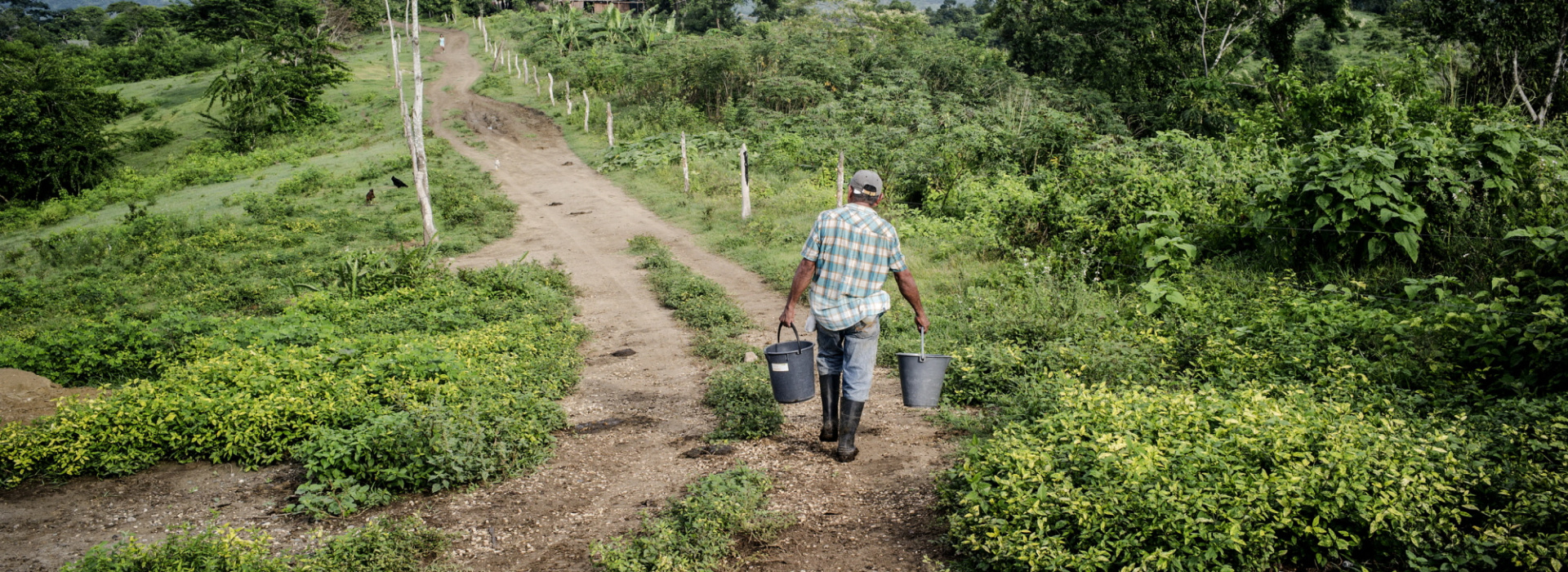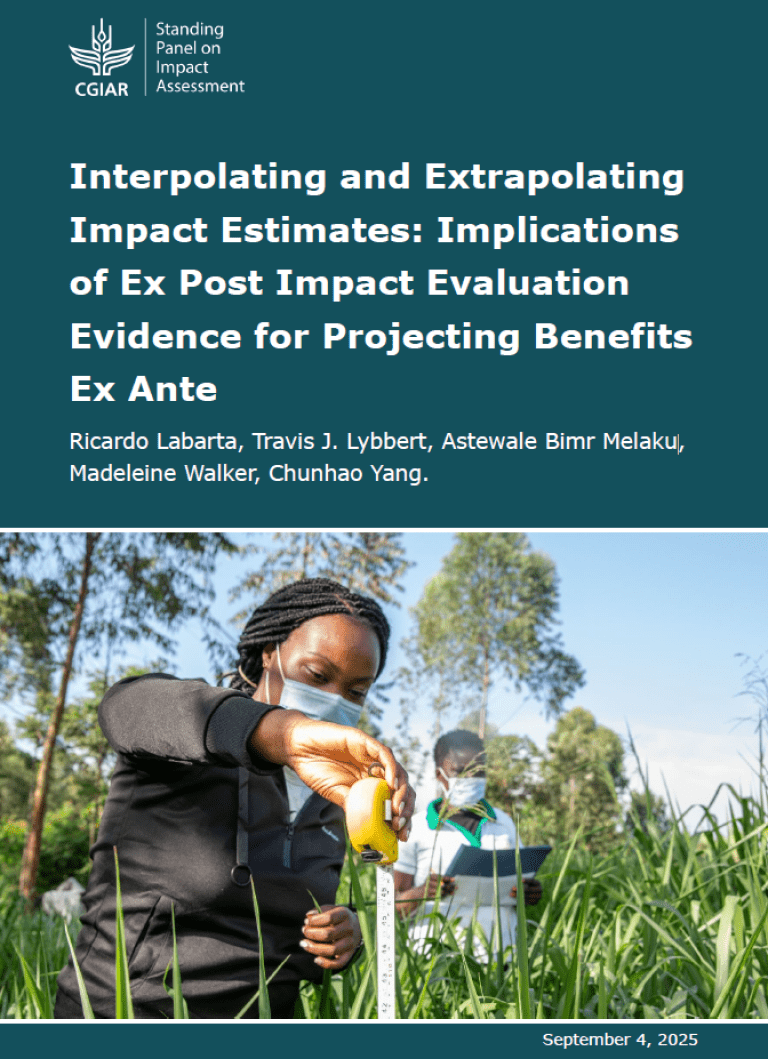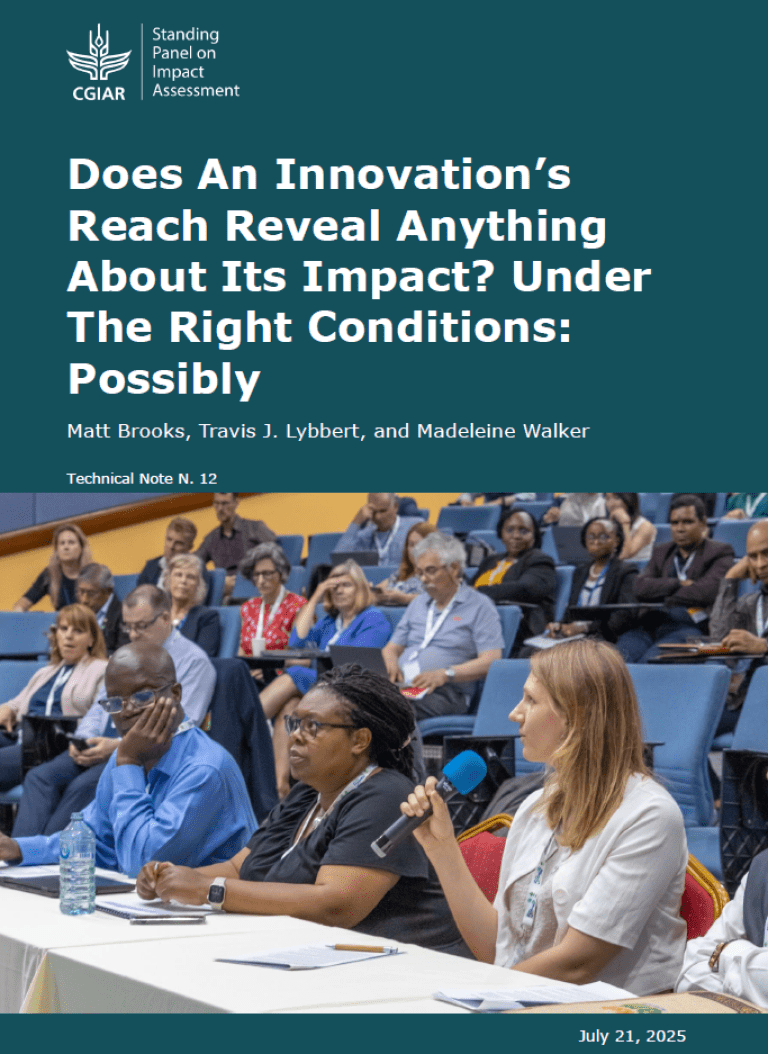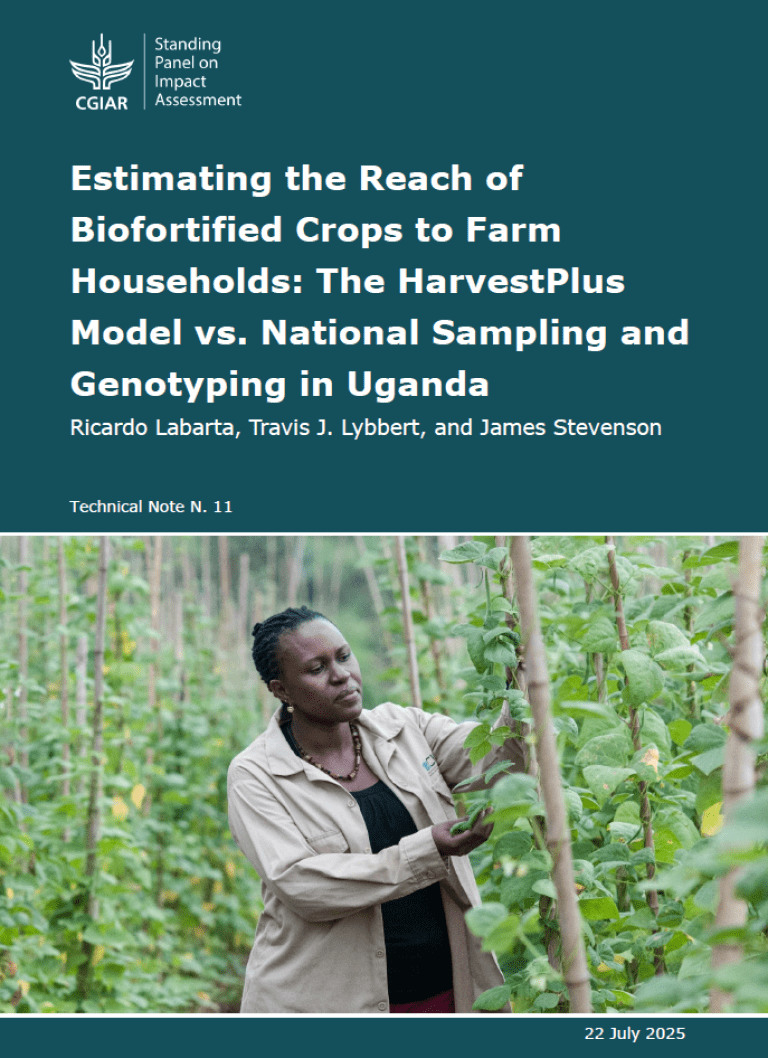Testing our Assumptions on Research, Policy, and Practice
In the coming weeks we will be publishing summaries of three key papers/presentations which test our assumptions on research, policy and practice vis-à-vis SDGs 1 and 2. These papers were presented at a recently held Expert Consultation (FAO, 10-12 January 2018) as part of an inter-agency Joint Initiative to focus agricultural and rural development research and investment on achieving SDGs 1 and 2*. The aim of these blogs is to encourage further discussion around three debated topics which are central to policy-relevant agricultural research and investment strategies that support rural transformation around SDGs 1 and 2:
- The role of smallholder farmers and issues of farm size and productivity
- The current agriculture technology strategy and its suitability for getting smallholders out of poverty.
- The importance of micro-nutrient rich food and diverse agri-food systems
What policy-relevant research is really needed in these areas to inform investment and achieve SDG 1 and 2? Where are the evidence gaps and how should these be addressed? What role can the CGIAR play as part of this Joint Initiative?
To comment on the posts or get involved, please register here.
Farm Size and Productivity - Lessons from Recent Literature: A Paper by Professor Douglas Gollin
Farm size is at the heart of current policy debates over issues such as land grabbing, land reform and the role smallholders play in the fight against hunger and malnutrition. It is also closely linked to equity and poverty issues. In his recent paper, Douglas Gollin (Professor of Development Economics in the Department of International Development at Oxford University and ex-ISPC member and SPIA Chair) explores the issues of farm size and productivity and how these reflect policies and markets. To what extent should development strategies prioritize smallholder agriculture?
Farms are not easily defined, and there are numerous challenges when it comes to measuring both farm size and productivity. Furthermore, definitions and methods of measurement vary across regions. For example, when does a part-time agricultural activity become a farm? Farm size can be measured in many ways: by land area, value of output, value of sales or profits and employment. Different definitions will lead to different conclusions about the distribution of farm size and how it changes in different countries and contexts. Measuring productivity (inputs vs outputs) accurately is even more challenging. Both conceptual and practical problems arise in measuring land area and quality, labor (quantity, skill, effort, task and timing), capital inputs, intermediate goods (quantity and quality), physical output quantities, and prices.
One point that emerges clearly from the data is that most of the world’s farms are small, even in rich countries. What differs most markedly across countries is average labor productivity. Although there is some variation in yields across countries, this pales next to differences in labor productivity. By this measure, the richest ten percent of countries are fifty times more productive, on average, than the poorest ten percent of countries.
What about the relationship between farm size and measured productivity? A large literature has tested for yield differences across farm size. The frequent finding is that there is an inverse relationship between farm size and measured productivity. In other words, small farms are highly productive in terms of output per unit area (i.e., yield). However, recent evidence casts some doubt on this inverse relationship, which may stem from measurement errors. Even if some small farms produce more per unit of land, their productivity per unit of labor is often very low, and income from these farms remains low when compared to larger farms. The inverse relationship should not be taken as evidence that small farms have the potential to lift rural households out of poverty. For most rural households, other than those that are lucky in their location and can take advantage of lucrative market opportunities, rising out of poverty will require more income than can be earned from one or two hectares of land. For households that are not well situated to benefit from markets for high-value specialty crops or livestock products, increasing income will require either expanding the area of their farms or turning to non-farm income. The latter may come either from rural non-farm activities or through some kind of migration (whether seasonal or permanent) to urban areas.
So how does all of this relate to policies and development strategies vis-à-vis smallholder farms? When it comes to policy issues, many countries pursue policies intended to influence farm size. Some seek to promote consolidation while other countries aim to limit it. Some striking evidence suggests that policies limiting land markets can lead to quantitatively important misallocation; several studies suggest that land market restrictions could conceivably reduce sector output value by two thirds or more.
There are many reasons to work towards making smallholder systems more productive, including fundamental issues around equity, poverty, food security, nutrition, employment and the promotion of sustainable management of natural resources. However, we should be realistic about the potential of small farms to increase income substantially, even if they can attain high yields. What roles can policy play? Looking ahead, policies should focus on trying to create more winners of the “geographic lottery” by expanding market opportunities – for example, through investments in infrastructure and value added opportunities. At the same time, governments should consider policies that reduce the frictions that limit movements out of agriculture. These might include rural education and training as well as information campaigns. There is also an unavoidable need for governments to acknowledge the reality of the long-term pressures driving rural-to-urban migration. Rather than trying to suppress these movements, governments would do better to plan and manage urban growth.
Related Documents
• ISPC Strategic Study on Farm size and urbanization
• Series of Commissioned Papers
• Commentary by the ISPC
*The Food and Agriculture Organization of the United Nations (FAO), International Fund for Agriculture and Development (IFAD), Independent Science and Partnership Council of the CGIAR (ISPC) and World Bank Living Standards Measurement Study (LSMS) in partnership with the European Commission (EC) have teamed up to to develop a common understanding and coordinated approach to managing investments in policy-relevant agricultural research and rural development to meet SDGs 1 and 2. Experts recently met at FAO Headquarters in Rome to share and debate experiences with other stakeholders which included policy makers, academics, public and private research institution representatives, multilateral institutions and donors.



